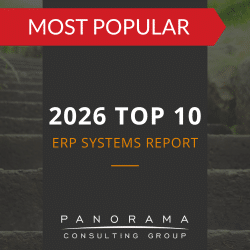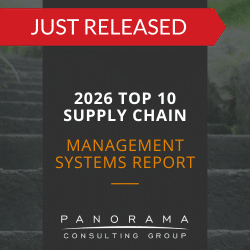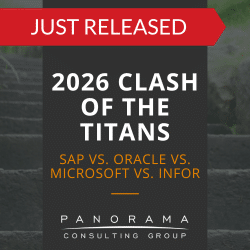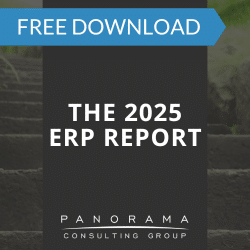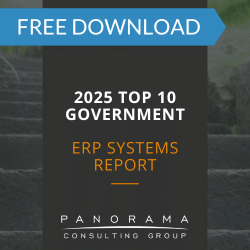- Many ERP projects stall in testing due to data issues, unclear ownership, and shifting business needs that were never re-aligned.
- Go-live delays often reflect organizational hesitation rather than technical barriers, especially when change fatigue sets in.
- Executives can regain momentum by redefining go-live criteria, phasing the rollout, and reinforcing internal change leadership.
For some organizations, ERP implementation stops being a project and becomes an ongoing state of planning, rework, and deferred decisions.
Teams grow used to operating in half-configured systems, and steering committees stop asking about completion and instead focus on damage control.
Today, we’ll explore why ERP go-lives are often delayed, how to finish ERP implementation, and what executive teams must do when their ERP project is stuck in the testing phase.
Contemplating litigation?
We have multiple software expert witnesses available for provision of reports, depositions, and testimonies.
What It Really Means When an ERP Go-Live Is Delayed
ERP timelines slip for many reasons, but when delays become indefinite, it’s time to look deeper.
Here are five patterns that often explain why ERP projects seem endless:
1. The ERP Project is Stuck in Testing Mode
Each testing cycle reveals new defects, and each fix introduces new variables. Over time, project leaders may lose clarity around what counts as a pass, and functional users might begin to question whether the system will ever reflect real work.
When test cycles lack closure, it’s often a sign of deeper issues, such as:
2. Business Process Ownership Remains Fragmented
Go-live delays often stem from unclear process ownership.
No ERP system will enforce governance on its own. When each department expects someone else to finalize master data standards or resolve integration errors, system configuration halts.
Before you train users or prepare for go-live, everyone needs to agree on who owns each process, how approvals will work, and who’s responsible for key decisions. Otherwise, technical progress won’t translate to operational readiness.
3. The Original Plan No Longer Reflects Current Needs
A project that began with strong alignment can still drift. M&A activity, supply chain restructuring, leadership changes, and economic shifts may require a re-evaluation of the original implementation approach.
For example, a manufacturing firm implementing one of the best ERP systems for manufacturing may be simultaneously expanding into global operations. While the firm may have optimized for on-premise control in the past, that same firm may require a cloud-first ERP solution for manufacturing with greater scalability and integration agility.
Another example is the evolving AI landscape. We’ve seen many organizations reassess whether their chosen ERP platform supports AI integration for predictive maintenance, intelligent invoice matching, and more. If the original system selection didn’t account for these priorities, that disconnect can contribute to delays. Teams hesitate to go live with a system they no longer see as future-ready, even if the core functionality is technically in place.
4. A Fear of Going Live
Executive teams sometimes allow projects to linger in a pre-go-live phase. They fear that the system isn’t ready, that users will resist, or that launching will expose gaps the team isn’t prepared to fix.
Without clearly defined go-live criteria, fear can become the dominant influence. The project remains active in name but dormant in purpose.
5. Change Management Has Lost Momentum
Change management failure builds over time. The emails slow down. The training schedules become harder to enforce. Super users disengage.
This quiet erosion is often mistaken for stability, but it undermines go-live success even before the cutover begins.
In the absence of renewed leadership energy, internal alignment fades. Without a clear reason to push forward, a delayed ERP launch is inevitable.
How to Finish ERP Implementation Without Reinventing the Entire Project
Organizations that reach the finish line of an ERP project with confidence do so because their executive teams reclaimed control when the project began to drift.
Here are four strategies that help move ERP initiatives out of stalling patterns and into operational value:
1. Redefine Go-Live
Rather than waiting for technical perfection, you should redefine go-live as the moment when core business functions can run under controlled conditions with known limitations. This means identifying acceptable levels of manual intervention, validating critical reports, and ensuring support is ready.
If your ERP consultant continues adding conditions before cutover, push for a framework that balances risk with momentum. Without that, the implementation could continue indefinitely under the pretense of caution.
2. Phase Your Rollout
For large or complex organizations, a phased rollout is often essential. We suggest prioritizing foundational areas like finance, inventory, and purchasing before introducing more specialized modules.
A food and beverage company, for example, might begin with procurement and production planning before moving to quality management or customer portals.
If your software doesn’t allow for clean phasing, that may indicate a mismatch between platform and operating model.
3. Clarify Your Change Leadership Model
Change fatigue is recoverable—if executive teams intervene early. Ask yourself:
- Who is currently championing the system internally?
- Are super users still engaged and empowered?
- Do managers have what they need to reinforce new workflows?
If the answers are unclear, ERP consulting services for recovery and revitalization can help you build the emotional and operational energy needed to proceed.
4. Treat a Pause as a Reset, Not a Retreat
Sometimes the fastest way forward is through a structured pause. If internal alignment is fractured or executive support has waned, a planned halt can give the organization time to clarify goals, restructure governance, and realign expectations.
But that pause must come with:
- Entry and exit criteria
- Dedicated leadership during the downtime
- An outside perspective to reframe the challenge
ERP consulting services for project recovery can help you diagnose what went wrong and build a new, realistic plan.
Learn More About ERP Delays
Delayed ERP go-lives may seem like project-level issues, but their impact cascades into core operations. Finance teams remain reliant on disconnected spreadsheets. Inventory visibility remains partial. Decision-making slows. And employee trust erodes.
By reasserting strategic ownership, C-level executives can move the ERP project forward and make sure it finally starts delivering real results. Contact our ERP selection consultants to learn more.






